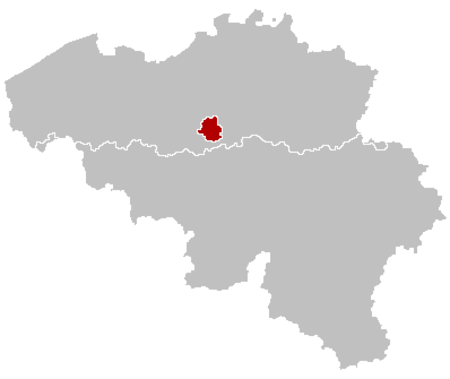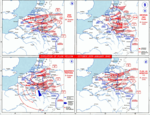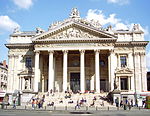Arrondissement of Brussels-Capital

The Arrondissement of Brussels-Capital (Dutch: Arrondissement Brussel-Hoofdstad; French: Arrondissement de Bruxelles-Capitale; German: Verwaltungsbezirk Brüssel-Hauptstadt) is the only administrative arrondissement in the Brussels Capital Region in Belgium. Because it is the only administrative arrondissement in the Brussels Region, its territory coincides with that of the latter. The arrondissement was created in 1963 upon the splitting of the arrondissement of Brussels into the capital one and the surrounding arrondissement of Halle-Vilvoorde. They remained part of the province of Brabant until it was split as well in 1995. In that year, the arrondissement of Nivelles formed the new Walloon Brabant and the arrondissements of Halle-Vilvoorde and Leuven formed the new Flemish Brabant. The arrondissement of Brussels-Capital, corresponding to the Brussels-Capital Region, thus became extraprovincial, meaning it is not a province, neither does it belong to one, nor does it contain any. However, it was the only Belgian arrondissement that was headed by a governor and a vice-governor until 2014 when these posts were abolished in accord with the 2011 state reform. The Brussels-Capital Region is divided into 19 municipalities, of which the City of Brussels is the largest and most populous. See the list of municipalities of the Brussels-Capital Region.
Excerpt from the Wikipedia article Arrondissement of Brussels-Capital (License: CC BY-SA 3.0, Authors, Images).Arrondissement of Brussels-Capital
Rue de l'Évêque - Bisschopsstraat, City of Brussels Pentagon (Brussels)
Geographical coordinates (GPS) Address Nearby Places Show on map
Geographical coordinates (GPS)
| Latitude | Longitude |
|---|---|
| N 50.85 ° | E 4.35 ° |
Address
Brucity
Rue de l'Évêque - Bisschopsstraat 1
1000 City of Brussels, Pentagon (Brussels)
Belgium
Open on Google Maps










